Topic: 3D imaging & simulation
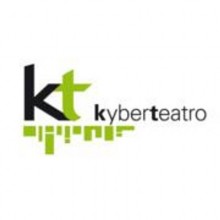
TECHNOLOGICAL ARTISTIC RESIDENCE – “A.R.T.E” Augmented Reality Theatre Experience presents the following activities to take place in 2018-2019. PROGRAMME: NOVEMBER 30, h 10.30 am, SPAZIO OSC, via Newton 12 – Cagliari OPEN TALK about “A.R.T.E” Minwal Theater Company (Lebanon) and … Continue reading
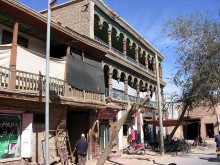
“Decoding Kashgar: A Digital Design Approach to Steer and Diversify Creative Engagement in Digital Heritage.” is the title of a PhD thesis by Serdar Aydin at the Victoria University of Wellington. Digital tools have become critical instruments in preserving and … Continue reading
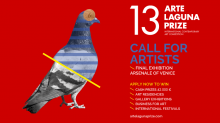
The call for artists of the 13th Arte Laguna Prize has officially opened. Arte Laguna Prize is an international art contest that has been promoting contemporary art for thirteen years, collecting thousands of applications from artists from all over the … Continue reading
The next edition of CHNT – Cultural Heritage and New Technologies will be organized in cooperation with the EG GCH (Eurographics Symposium and Graphics Cultural Heritage) and other partners in the City Hall of Vienna, Austria. Visual Heritage 2018 DIGITIZE: … Continue reading
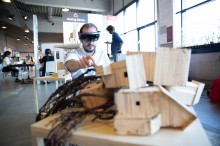
Tech Projects Interested in working with artists to expand technological boundaries, explore novel utilizations, produce new prototypes, and stimulate groundbreaking processes? Boost the innovation potential of your technology by applying to the STARTS Residencies! Only two weeks left to submit … Continue reading
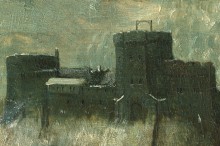
2019 marks the 450th anniversary of the death of Pieter Bruegel the Elder, the outstanding painter of the Dutch Renaissance. On the occasion of this anniversary, the Delegation of Flanders, the Art History Museum Vienna and Ars Electronica are showing … Continue reading

The EuroMed2018 registration is online and it is mandatory for ALL the participants: https://euromed2018.eu/index.php/registration Moreover, it is a real success that in total 537 papers have been submitted and reviewed for the EuroMed2018 conference. The 97 accepted papers are already … Continue reading

ENGINE SHED announces festival showcasing digital innovation in the heritage sector: Scotland’s dedicated building conservation centre will host programme highlighting the use of ground-breaking technology to preserve and explore the past. DigiFest will also incorporate two-day international conference featuring high-profile … Continue reading
The 7th biannual European-Mediterranean (EUROMED) conference brings together researchers, policy makers, professionals, fellows and practitioners to explore some of the more pressing issues concerning Cultural Heritage today. In particular, the main goal of the conference is to focus on interdisciplinary … Continue reading
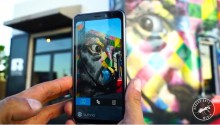
South Florida-based artist Luis Valle, who has spraypainted murals across Miami, is a part of a project called “Augmented Reality.” Using an app, Mussa, viewers can have an augmented reality experience and view a 3D model of his artworks. Luis … Continue reading




















